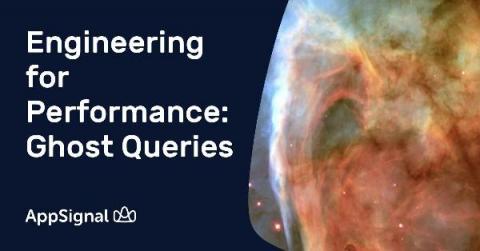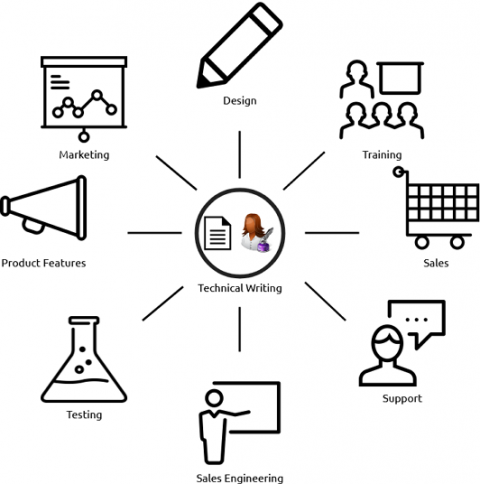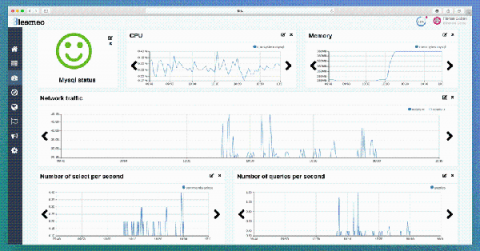What is the difference between Database, Data Warehouse, and Data Lake?
Data is everywhere in the form of values, text, numbers, pictures and so on that can be stored and used anytime when required. The importance of data and data storage systems has gained recognition since businesses find the potential of big data and its use cases. The data was with us always, but the possibilities to use it effectively were an arduous task.










